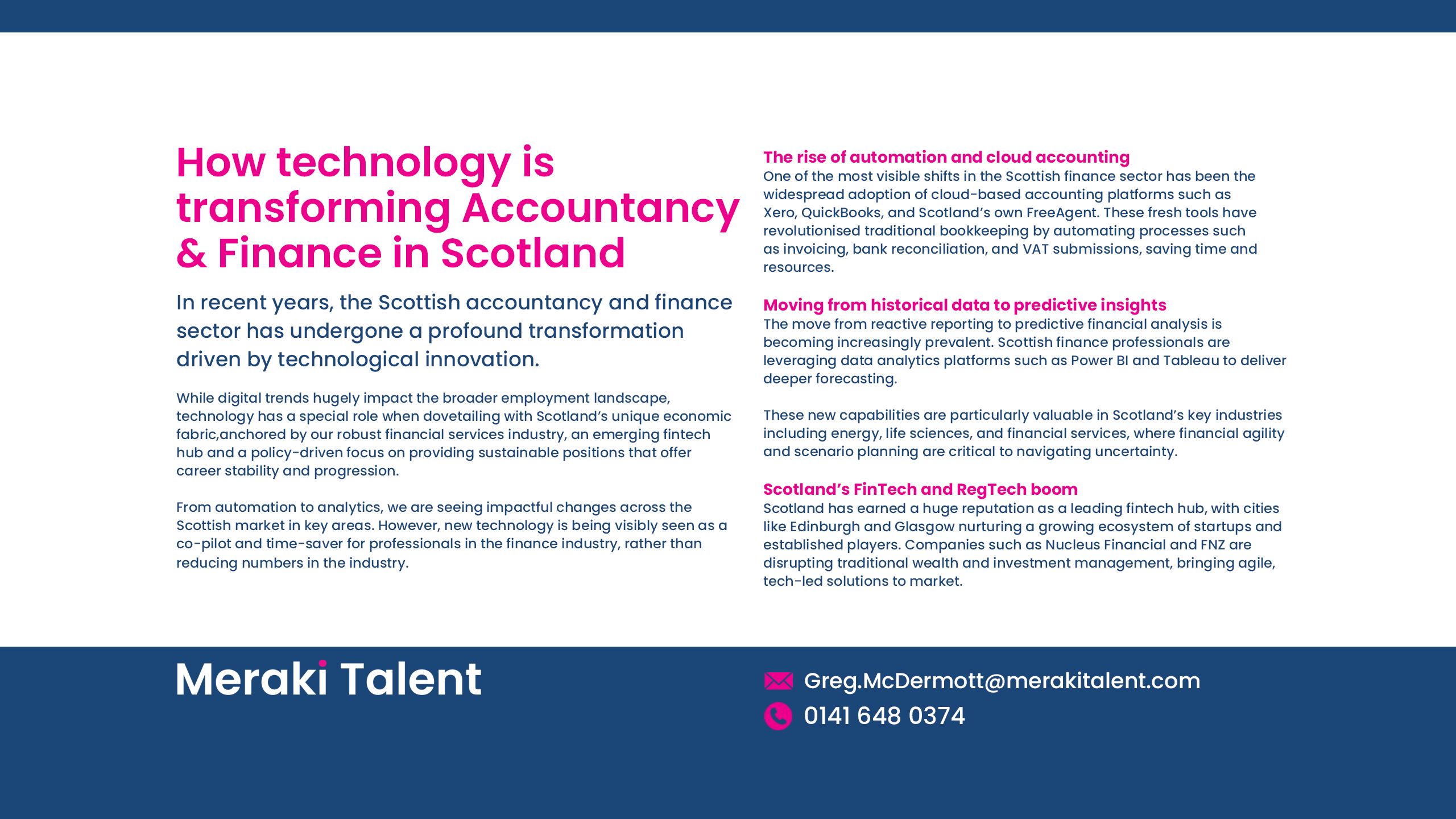Shifting standard
Two new ICAS courses offer a thorough examination of the changes to FRS 102 that kick in from January 2026. ‘It’s so important to know what’s on the FRC’s mind,’ says course leader Sue Parvis
Words: Fraser Allen

Shifting standard
Two new ICAS courses offer a thorough examination of the changes to FRS 102 that kick in from January 2026. ‘It’s so important to know what’s on the FRC’s mind,’ says course leader Sue Parvis
Words: Fraser Allen

It’s more than a year since the Financial Reporting Council (FRC) announced its changes to FRS 102 and the clock is ticking for anyone yet to prepare for the impact these will have when introduced in January 2026. “The changes shouldn’t be underestimated,” says Sue Parvis, the lead for two new ICAS training courses on the subject. “They could have a substantial effect on financial statements, key metrics and compliance, and it’s important to be ready for them. Preparing properly in advance will help organisations prevent disruption as the deadline approaches, and avoid potential problems if they are not up to speed next year.”
The headline changes to the FRS 102 are, of course, the new five-step revenue recognition model (replacing the current risks and rewards approach) and the overhaul of lease accounting. The latter removes the distinction between finance and operating leases, requiring most leases to be recorded on balance sheets. The two changes are designed to align the UK with IFRS 15 and 16 respectively.
ICAS has been providing regular training support on financial reporting since the FRS 102 changes were announced last year, and now two more courses have been designed to give members every chance to prepare for the shifting regulatory landscape.
“There’s a big difference between reading about a change to a standard and then understanding how that change will apply to your organisation or your clients”
“There is a lot of information out there,” says Parvis, Head of Financial Reporting at BPP. “But there’s a big difference between reading about a change to a standard and then understanding how that change will apply to your organisation or your clients. These courses present a valuable opportunity for anyone who has to prepare financial statements or is involved in statutory reporting at group or regional level on a regular basis.”
The two courses cover similar ground but offer a choice in terms of the depth of the content. FRS 102 Second Review: An Essential Half-Day Guide to 2026 does what it says on the tin. The online course will deliver a solid understanding of the reasons for the changes and equip you to prepare financial information in compliance with the revised version of the standard. It will also enable you to choose and apply the best transitional arrangements for your situation.
The second course – Mastering the FRS 102 Second Review: Your 2026 Roadmap – is designed to provide extra insights and support for those preparing accounts. Running for a full day, it goes into more detail and provides additional opportunities for attendees to ask questions and discuss their own challenges. Parvis also promises to pack in plenty of case studies and illustrations to bring the nitty-gritty of the FRS 102 changes to life and demonstrate the practical implications.
“Both courses address the challenges of real-life applications,” says Parvis. “That includes the need to identify and review all contracts to establish how the amendments will apply. We’ll also explore sourcing discount rates, and how to engage with providers of finance if, for instance, lending covenants refer to EBITDA [earnings before interest, tax, depreciation and amortisation].”
FRS 102 Second Review: An Essential Half-Day Guide to 2026 is online on 24 July. Explore the course content and book your place
The full-day Mastering the FRS 102 Second Review: Your 2026 Roadmap is online on 28 August. Explore the course content and book your place




